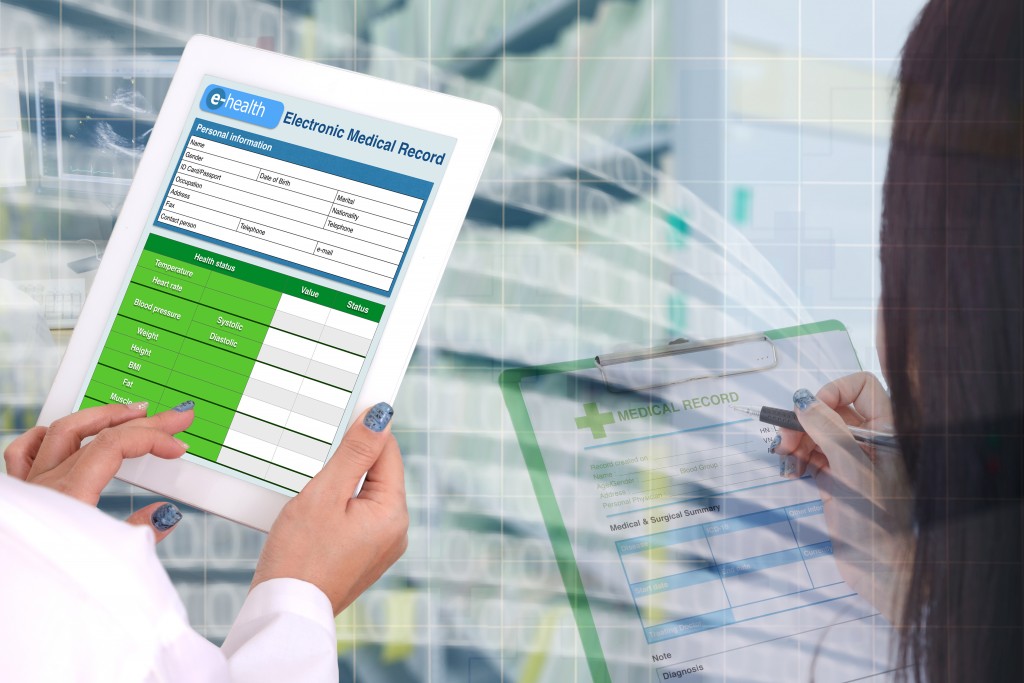
Whether you call them electronic medical records (EMRs) or electronic health records (EHRs), physicians were required by the U.S. government to implement an EMR system within their practice by 2014. EHRs were meant to provide a higher level of patient safety and interconnectivity between physicians and hospitals.
Fast forward to 2017, and it is time for many physician practices and some hospitals to update to more robust EHRs, basically because the use of EHRs has out grown the initial capability of the software.
The MHSI team has been working behind the scenes for the last year to prepare a new EMR system that works better for patients, physicians and billing. “We have targeted Monday, Aug. 28 as our ‘go live’ date,” explains Mary Martin, RN, clinical director at MHSI. “Our patients will really like what this new EMR system can provide them.”
Coming up: Patients will need to input identification, insurance and health history into the new system. There will be several different ways to enter the information, including online and via an app. “One important message we want our patients to know at in this stage of implementation is they should not be concerned, all previous medical records remain in-tact and appointments and surgeries will not be interrupted, ” says Ms. Martin.
Stay tuned…Over the summer the MHSI staff are training to use the new EMR. In August, complete instructions for patient’s use of the new system will be provided through newsletters and blogs like this and on the website as the ‘go-live” date gets closer.